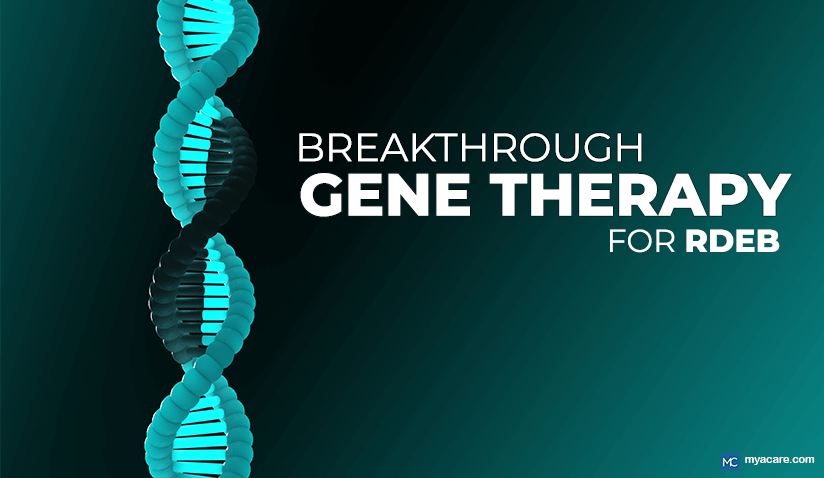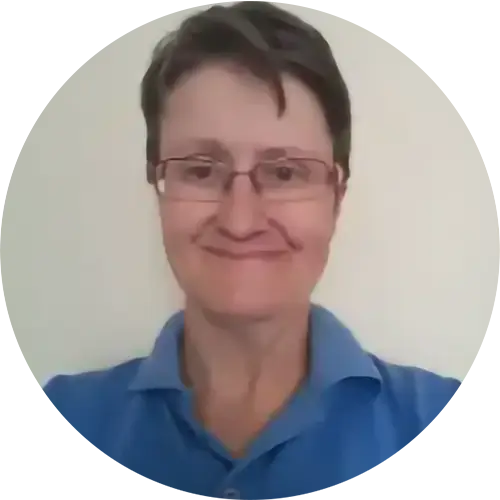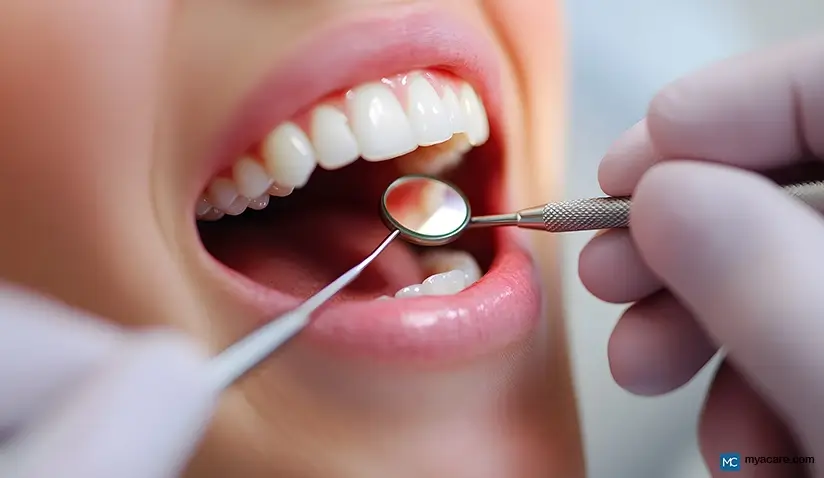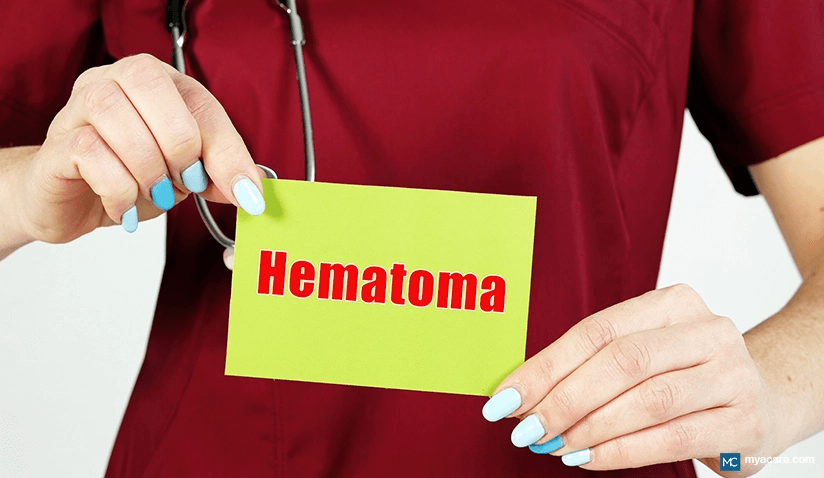Zevaskyn: New FDA-Approved Cell-Based Gene Therapy for RDEB

Recessive Dystrophic Epidermolysis Bullosa (RDEB) is a skin condition characterized by extensive blistering and severe wounds, which can become chronic. A genetic condition, RDEB presents with fragile skin that easily breaks apart. It also affects the mucous membranes, causing problems in the esophagus and mouth. Besides affecting the body surface, it can lead to malnutrition and stunted growth.
RDEB is a type of epidermolysis bullosa, a group of inherited skin disorders. Rare in prevalence, it is estimated to occur in 1.35 per million live births.
In April 2025, the FDA approved Zevaskyn™ (prademagene zamikeracel or pz-cel) for the treatment of patients with RDEB. It is the first cell-based gene therapy that uses the patient’s own tissues.
This article discusses the symptoms of RDEB, the mechanism of action of Zevaskyn, insights from clinical trials, how it compares with Vyjuvek, and more.
Understanding RDEB
RDEB is a rare connective tissue disorder. Skin layers are labeled based on their location and the type of tissue they comprise. The basement membrane is the lowest skin layer found between the epidermis and the dermis. In RDEB, the tissue below the basement membrane of the skin is affected.
Patients with RDEB disease have altered type VII collagen fibers. This is a result of mutations in the COL7A1 gene. Collagen is an abundant connective tissue that provides structure and support. Type VII collagen is formed in the keratinocytes or fibroblasts of the skin. Fibrils of type VII collagen are found beneath epithelial tissues and are coded for by the COL7A1 gene. Epithelia occur in the skin, but also in mucous membranes. This is why changes in the COL7A1 gene affect the skin and mucous membranes of the esophagus and mouth, resulting in adverse events involving the skin.
Symptoms of RDEB
RDEB patients have distinctive symptoms, as described below:
- Patients are said to have "butterfly skin,” meaning their skin is very delicate and can easily break like a butterfly wing.
- Ulcers in the mouth and narrowing of the esophagus can occur.
- Altered wound healing and pain are common symptoms. Impaired wound healing and scar formation are observed in people with RDEB.
Different Subtypes of RDEB and Their Severity
There are several subtypes of RDEB, as discussed below:
- Recessive dystrophic EB – Severe (RDEB-S) – Individuals have extremely fragile skin and RDEB-related wounds that do not heal well, leading to scarring. It affects the lining of the oral cavity and esophagus, making feeding difficult for patients. It is also challenging for these individuals to move their hands.
- Recessive dystrophic EB – Intermediate – Patients with this subtype have some collagen VII present, but their skin can still blister and scar. There can also be some scarring of the hands, but they are less affected compared to patients with RDEB-S.
- Dystrophic EB pruriginosa (DEB-PR) – Individuals with this condition have severe itching and fragile skin.
- Recessive dystrophic EB inversa (RDEB-I) – Skin is delicate, and scars form, but the problems are restricted to certain parts of the body, like under the arms, in the groin region, and on the neck. Hands are affected to some extent, and the esophagus lining is very fragile.
Treatment Prior to Zevaskyn
Recessive dystrophic EB treatment has included managing the condition with medications and surgery to help correct issues with the esophagus. Skin grafts were used to treat chronic wounds.
Before Zevaskyn, the treatment of RDEB focused on wound care and pain management without addressing the underlying genetic cause. Wounds were required to be carefully dressed, and nutritional needs had to be met.
What is Zevaskyn?
Therapy Description
Zevaskyn is a type of cell-based gene therapy focused on wound healing in RDEB.
It utilizes a virus to deliver a healthy copy of the COL7A1 gene into the patient’s wounds, allowing them to produce functional type VII collagen.
Application Process
Skin cells are obtained from the patient and sent to a facility, where they are cultured into sheets. Each sheet is designed to cover 41.25 cm2 of skin. Up to 12 credit card-sized sheets can be used in one application. Zevaskyn is then added to these cell sheets. A surgical procedure is then performed under general anesthesia at a qualified treatment center, where the sheets are applied to the patient’s wounds.
Prior to application, the area is debrided. During the procedure, the sheet is sutured into position. The treated area of the skin should be left alone for up to 10 days and must remain dry until the gauze comes off. The gauze will fall off after a period of time, typically between 14 and 21 days.
Is It a Cure or a Management Technique, and How Long Will It Last?
There is currently no cure for RDEB, but Zevaskyn is approved as a way to manage the condition. Improvements from a single application of Zevaskyn appear to last for about 6.9 years.
Comparison with Existing Therapies
Zevaskyn is not the only FDA-approved treatment for RDEB. Vjuvek is another available therapy for DEB that was approved in May 2023.
Vyjuvek is a topical gel that delivers the corrected copy of the COL7A1 gene. It helps the skin layers bind together, which promotes healing. The Vyjuvek gel is applied at regular intervals in a grid pattern on the area of the skin to be treated.
The copy of the gene is added using a genetically modified herpes simplex virus type 1 (HSV-1) vector. Dosing depends on age and the size of the skin area to be treated. Once the application is complete, the wound is dressed. Side effects include rash, redness, itching, and cough.
Zevaskyn, on the other hand, uses a modified virus (modified retroviral vector) to insert the COL7A1 gene into a sheet. This sheet is then surgically applied to a patient’s skin while they are under anesthesia. Unlike Vyjuvek, which is a topical gel-based treatment, Zevaskyn is a cell-based gene therapy that uses the patient’s own cells. Dosing incorporates a single sheet of the patient's own modified cells. Side effects of Zevaskyn include itching and pain.
Collagen plays a crucial role in wound care, with both treatments aiming to support collagen VII production.
Clinical Trial Insights
A Phase III VIITAL™ study was conducted to assess the safety and effectiveness of applying sheets of skin cells that were gene-corrected. Healing and pain reduction were evaluated 24 weeks after treatment.
Efficacy
In the Phase III VIITAL™ study, it was demonstrated that 81% of patients using the Zevaskyn method had 50% more healing of large and chronic wounds at 6 months than 43 matched control wounds treated. In the control group, only 16% of patients had similar healing comparable to the Zevaskyn group.
- Pain Reduction
In the pivotal Phase III VIITAL™ study, patients were shown to have decreased pain even if they had severe wounds.
- Safety Profile
The therapy was proven safe in the clinical trials. Side effects were minor and included itching and discomfort in about 5% of study participants.
Other Benefits
The clinical trials showed that the positive effects of Zevaskyn were durable, lasting 6.9 years when treated with a single application. Long-term improvements were also noted in the Phase I/2a clinical trials.
FDA Approval Significance
The FDA approval of Zevaskyn provides a vital treatment option for RDEB patients and represents a significant step forward in treating a previously debilitating and largely untreatable condition.
Patient Access and Support
The first patients are expected to be treated with Zevaskyn in the third quarter of 2025.
The Abeona Assist™ Program, which was established by the company that developed Zevaskyn, aims to provide personalized assistance and comprehensive care to patients undergoing treatment for recessive dystrophic EB.
Future Implications
Advances in Gene Therapy show promise in helping patients living with RDEB by promoting healing and reducing pain. This might be achieved by using genetically modified viruses to aid in delivering the needed gene.
Advances in treatment may potentially improve the quality of life for individuals with RDEB skin disease.
To search for the best health providers for dermatology in Croatia, Germany, India, Malaysia, Singapore, Slovakia, Spain, Thailand, Turkey, the UAE, the UK, and the US, please use our free search engine.
To search for the best healthcare providers for Medical Genetics in Germany, India, Saudi Arabia, Singapore, Slovakia, Spain, Thailand, The UAE, The UK and The USA, please use our free Mya Care search engine.
To search for the best healthcare providers worldwide, please use the Mya Care search engine.

Dr. Rae Osborn has a Ph.D. in Biology from the University of Texas at Arlington. She was a tenured Associate Professor of Biology at Northwestern State University, where she taught many courses to Pre-nursing and Pre-medical students. She has written extensively on medical conditions and healthy lifestyle topics, including nutrition. She is from South Africa but lived and taught in the United States for 18 years.
References:
Featured Blogs



